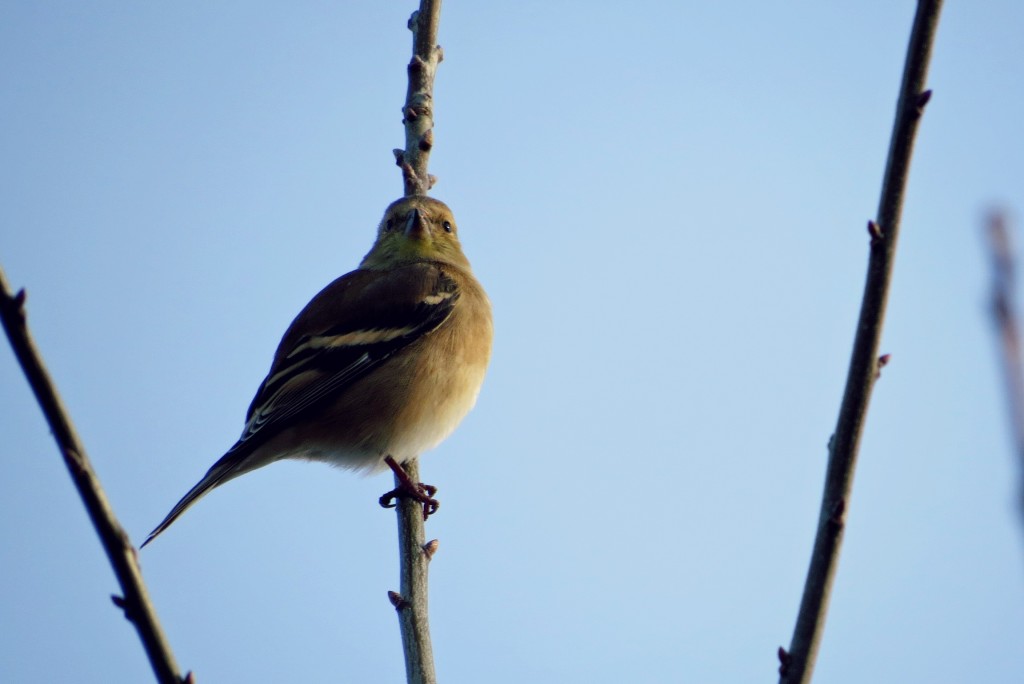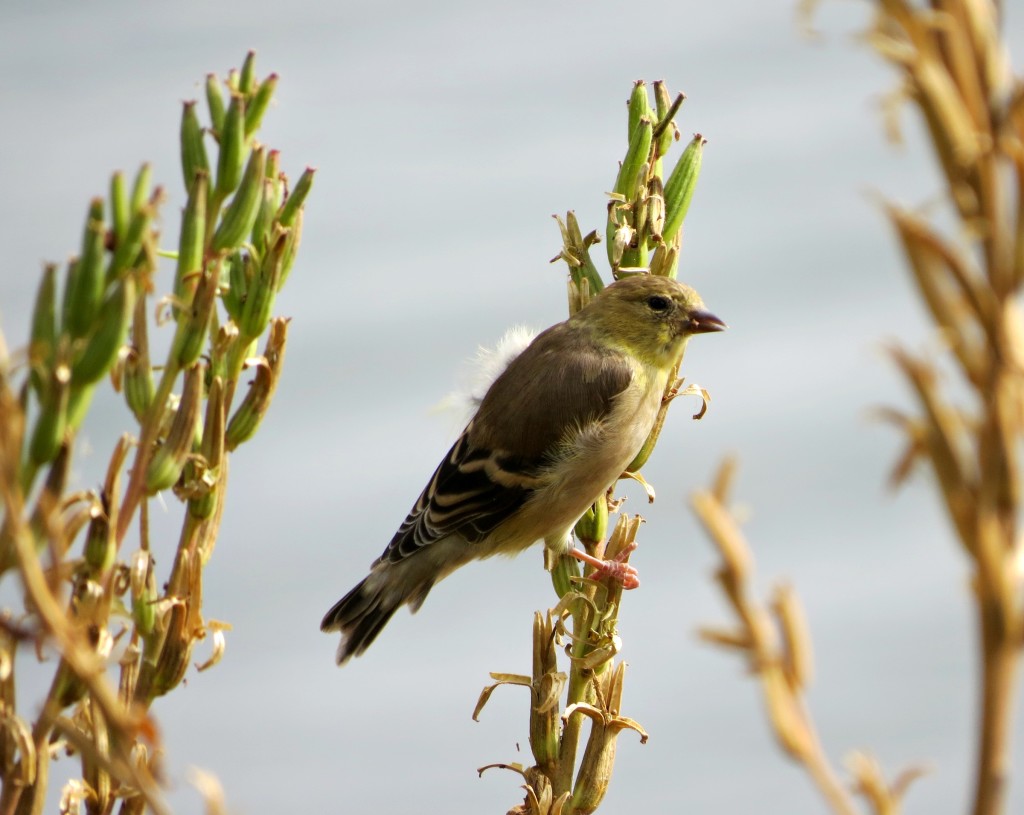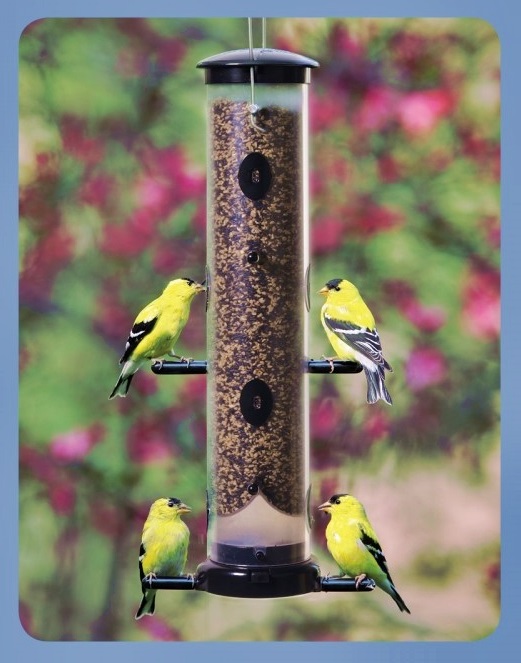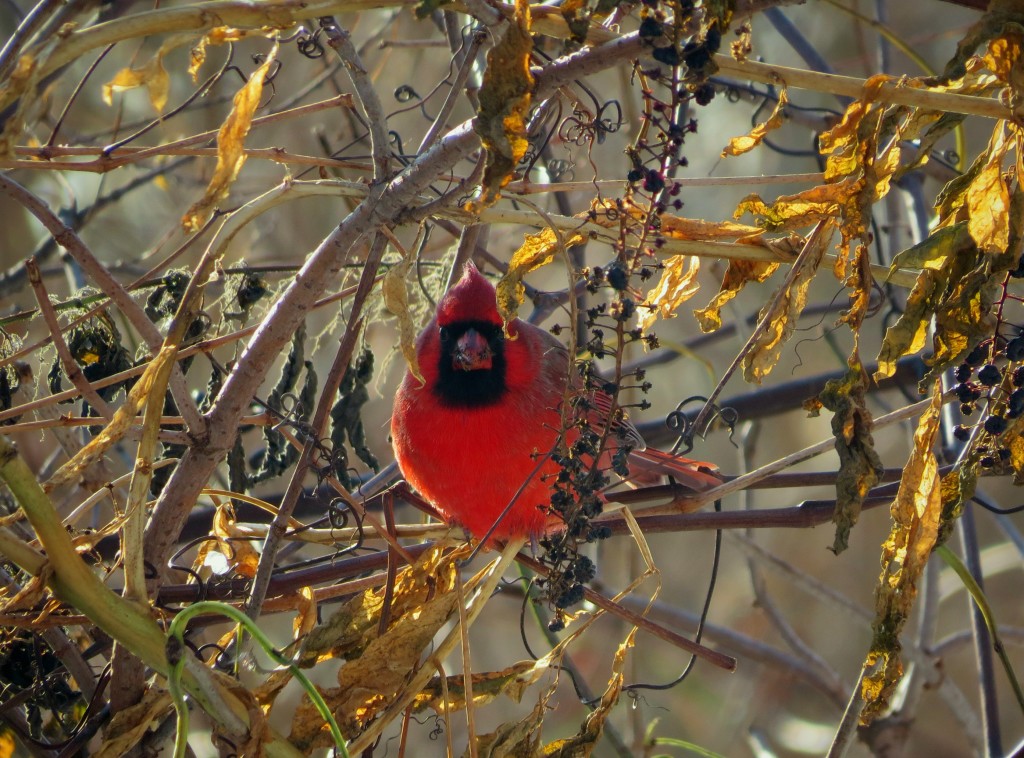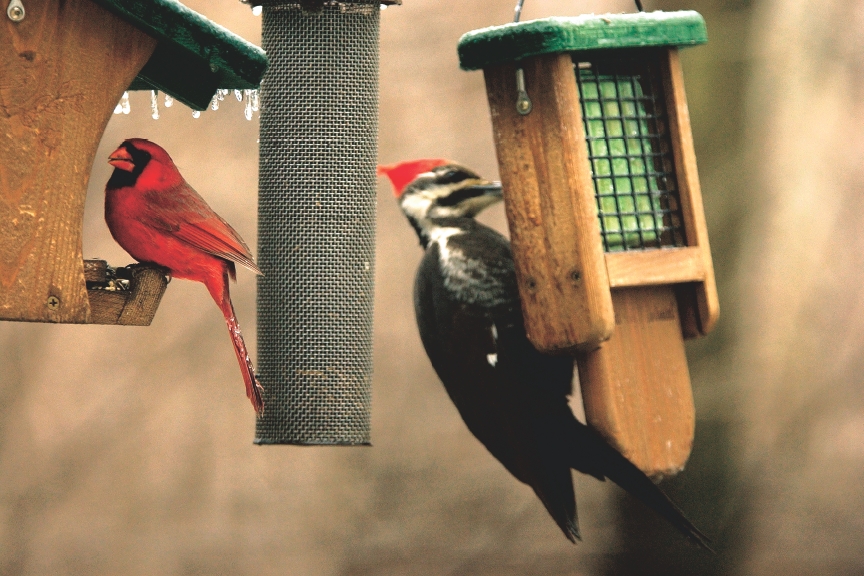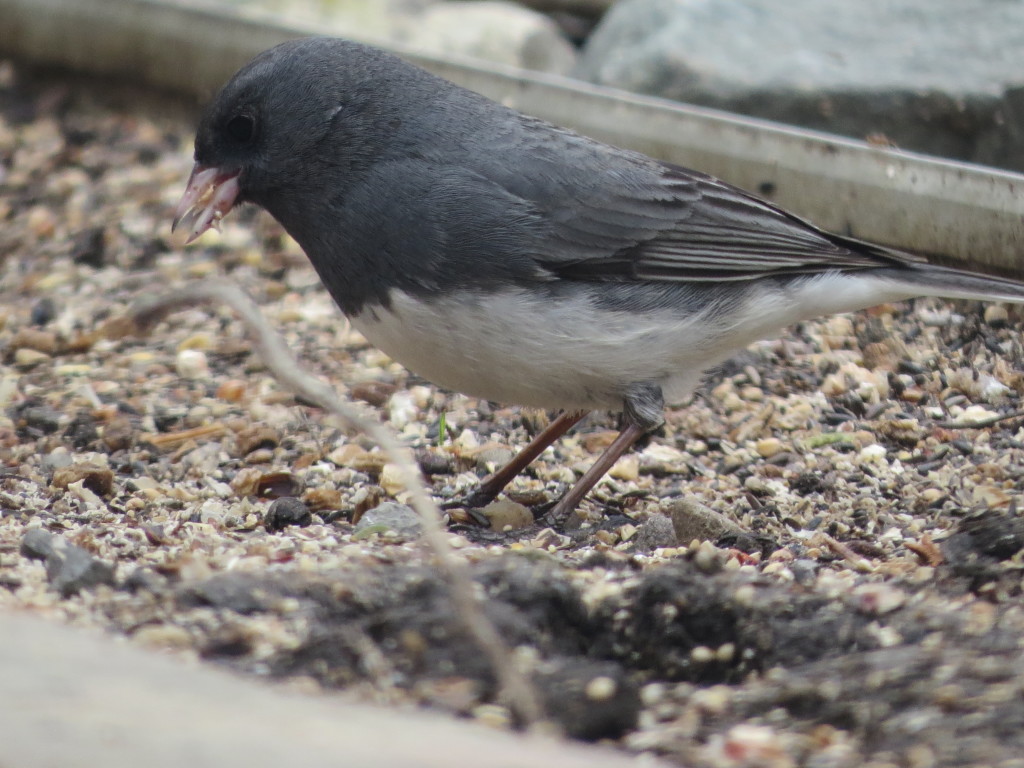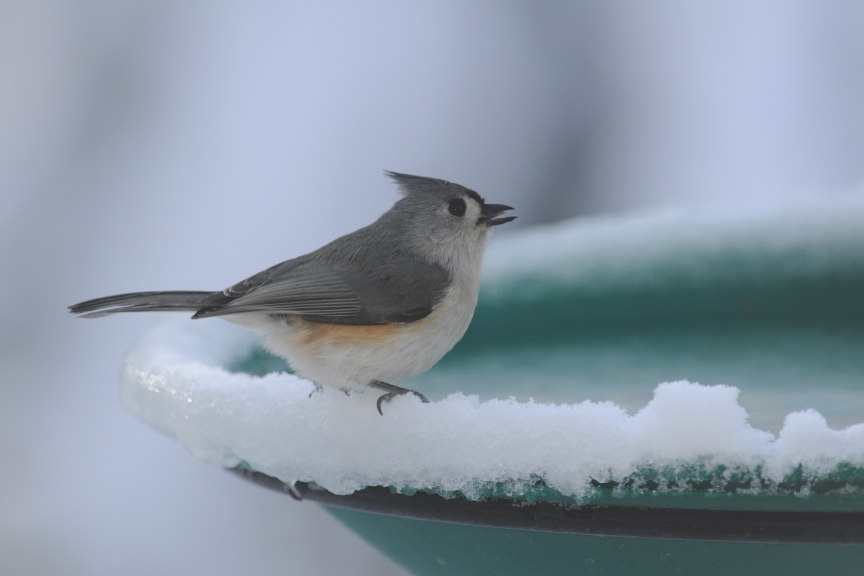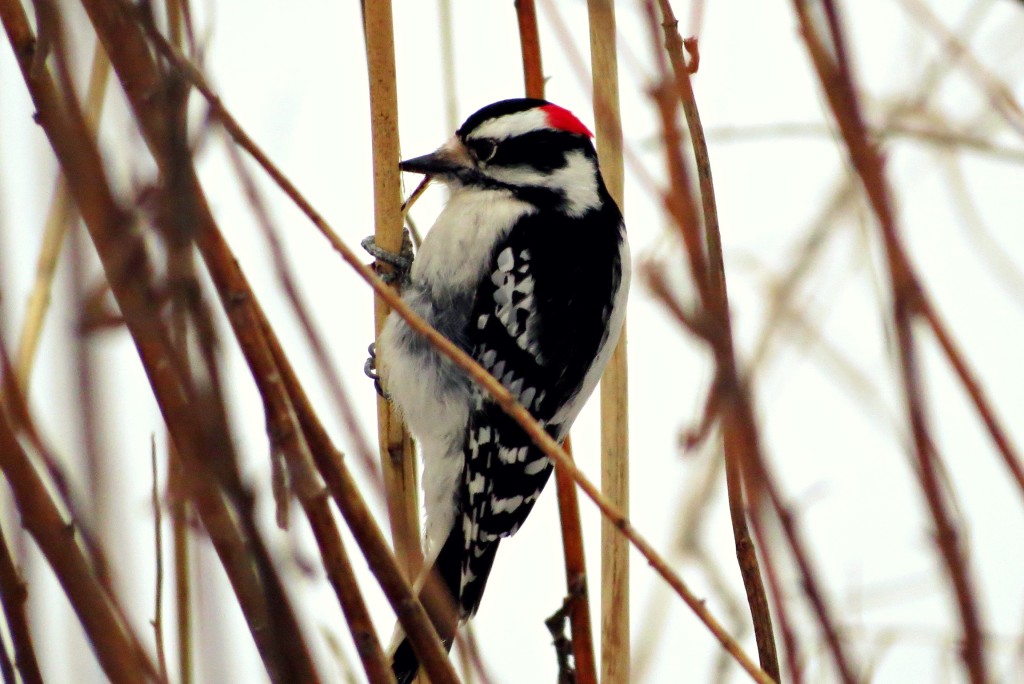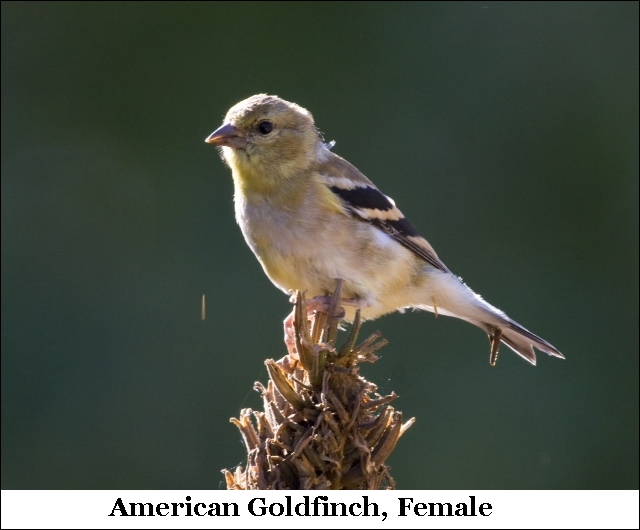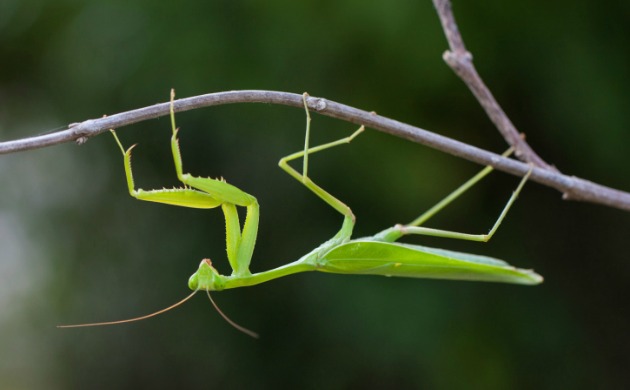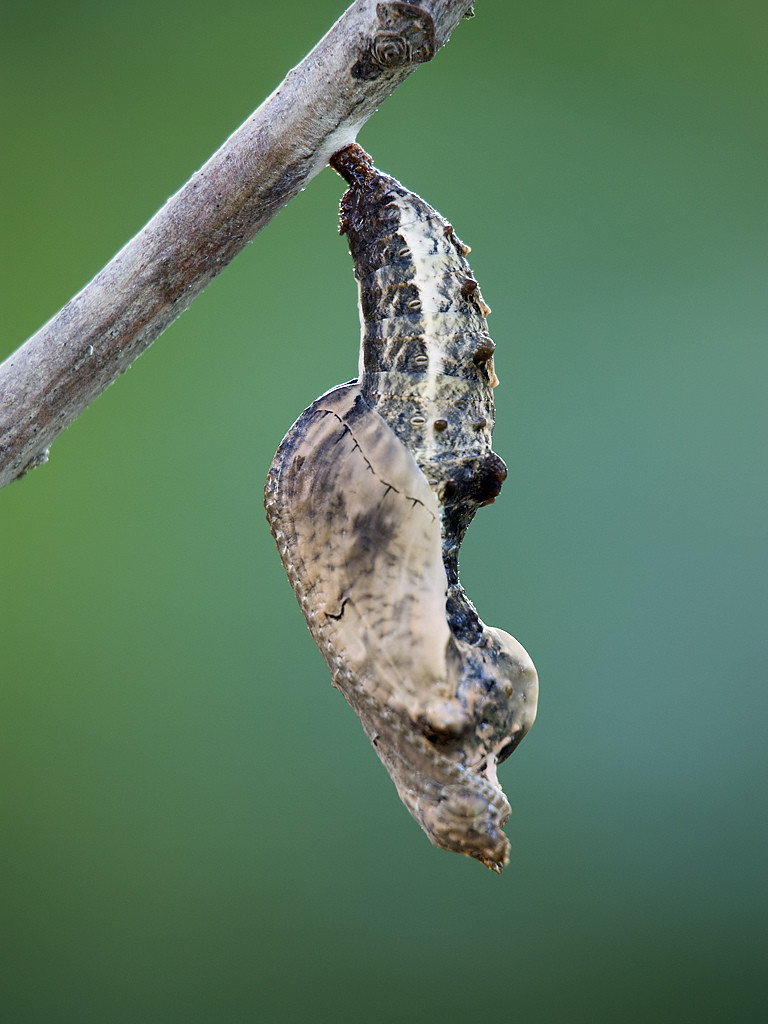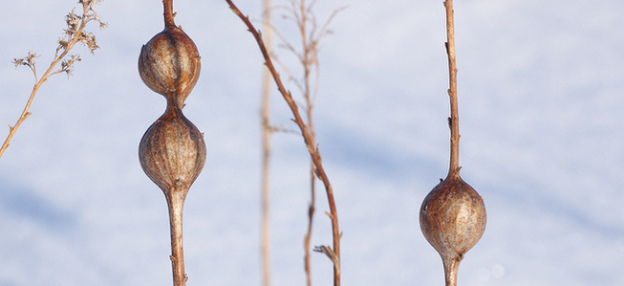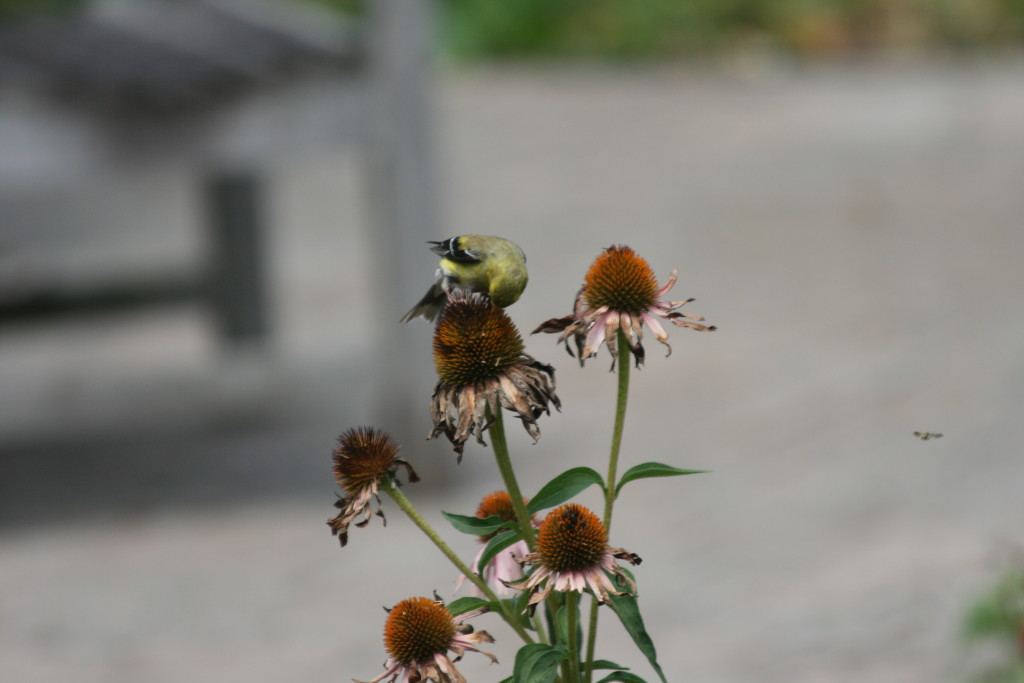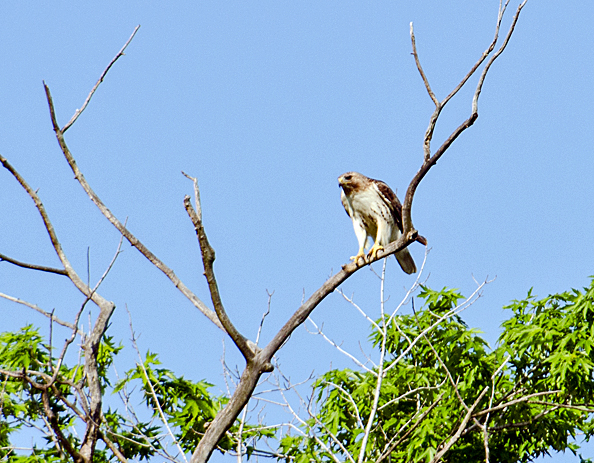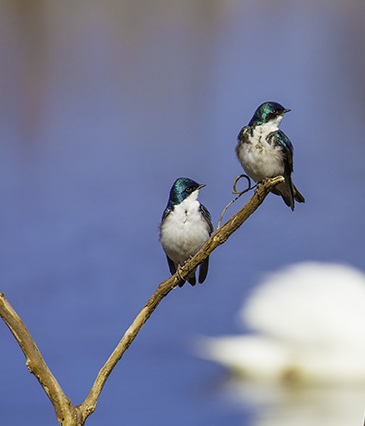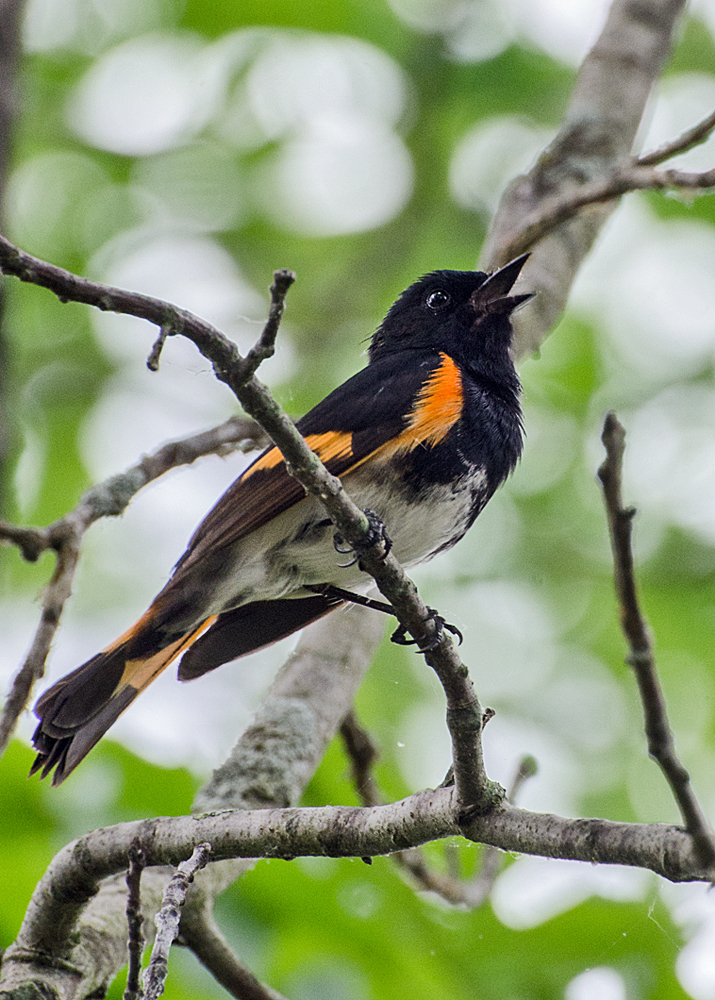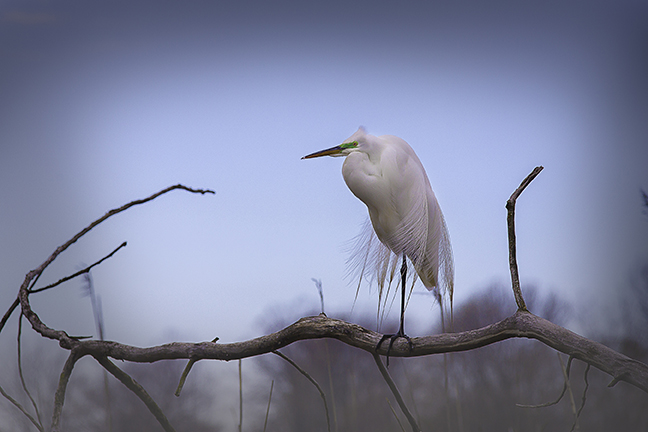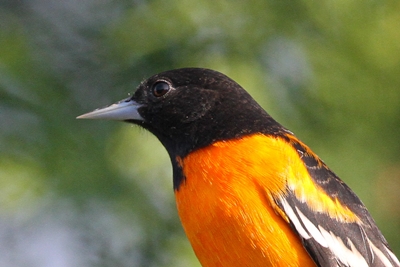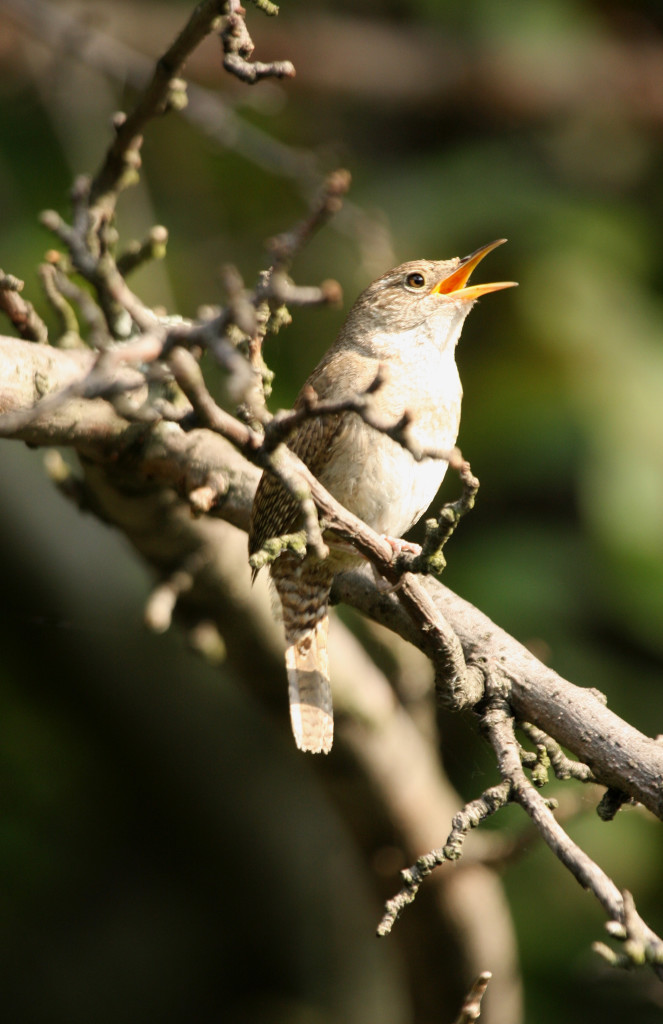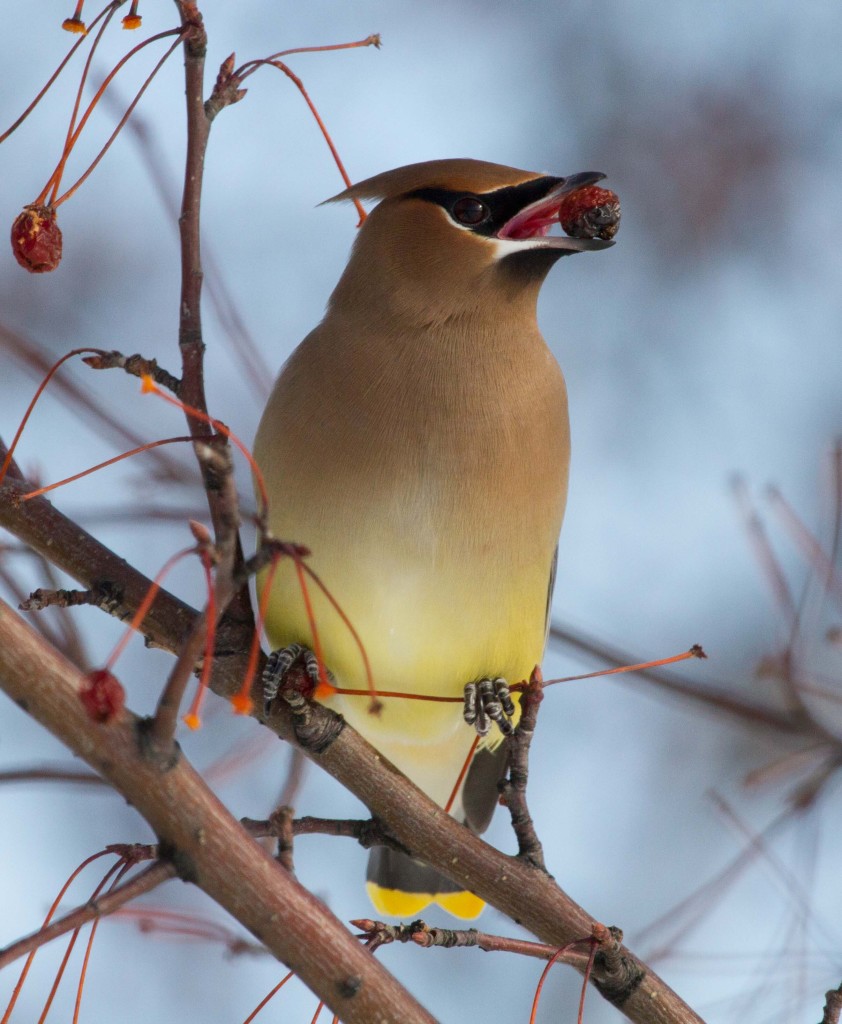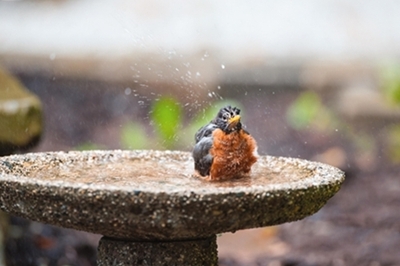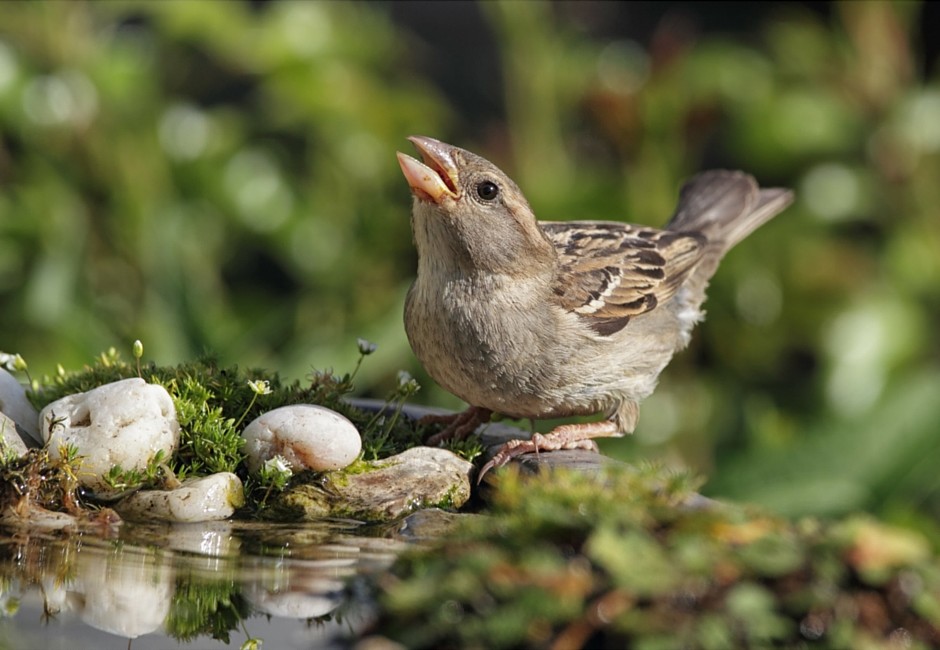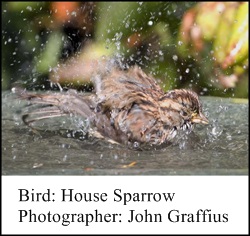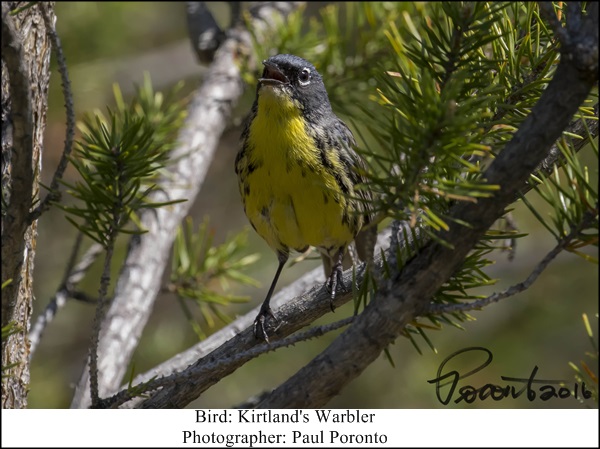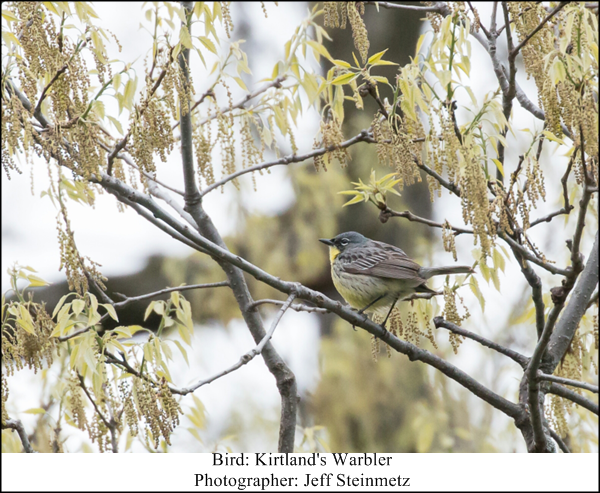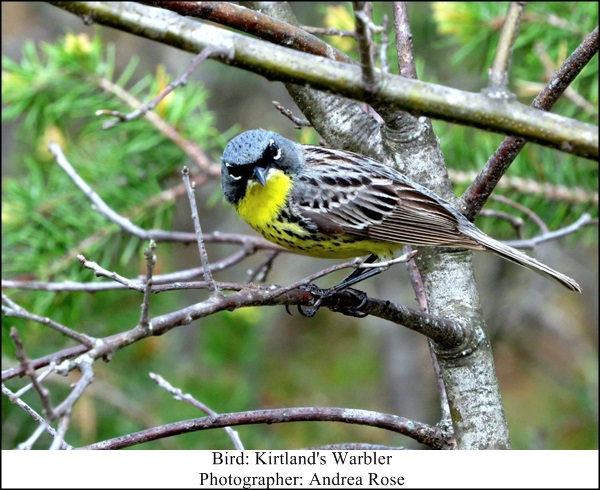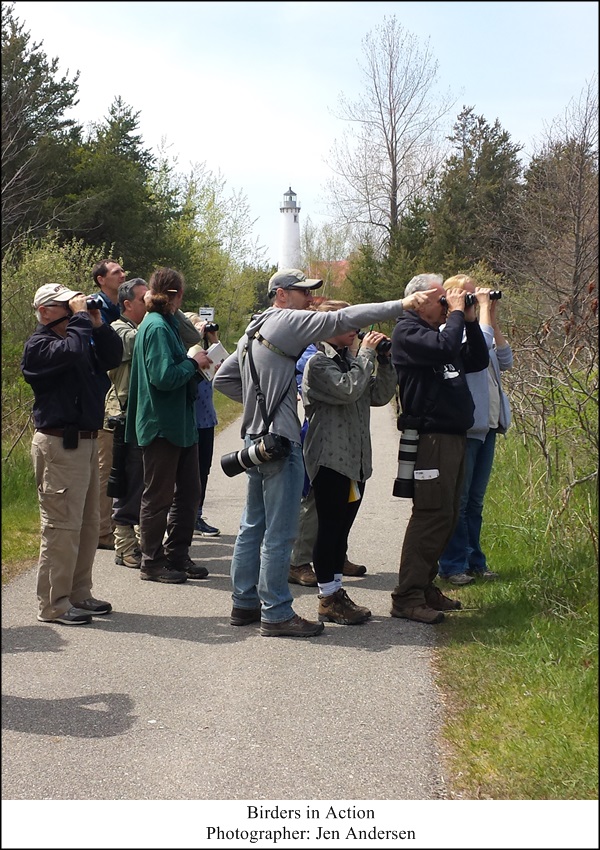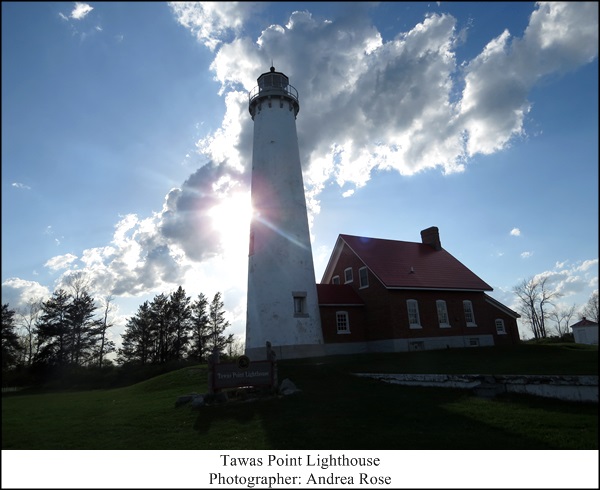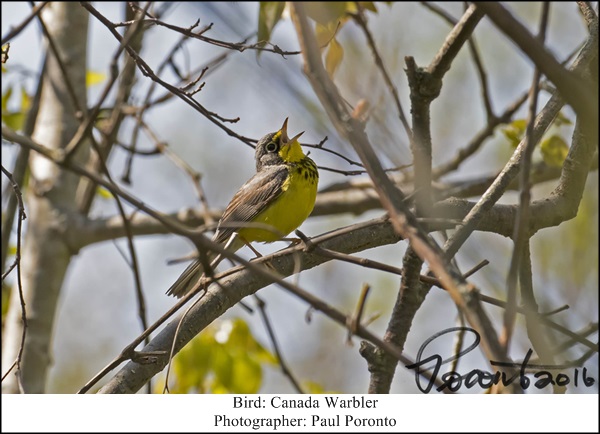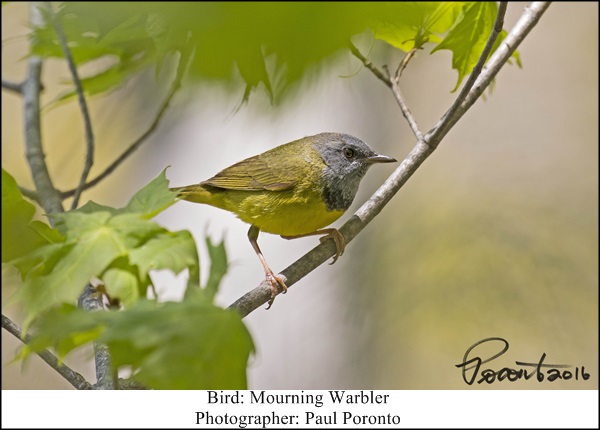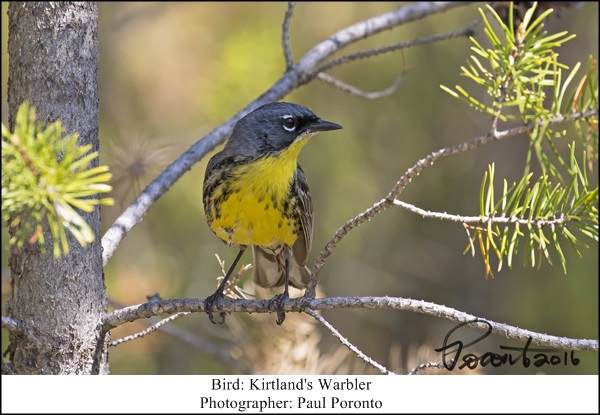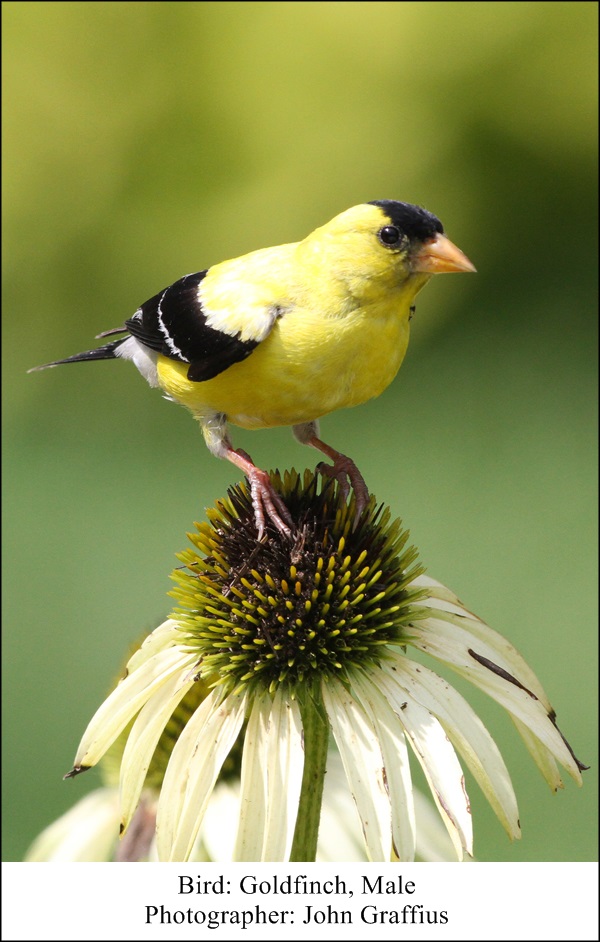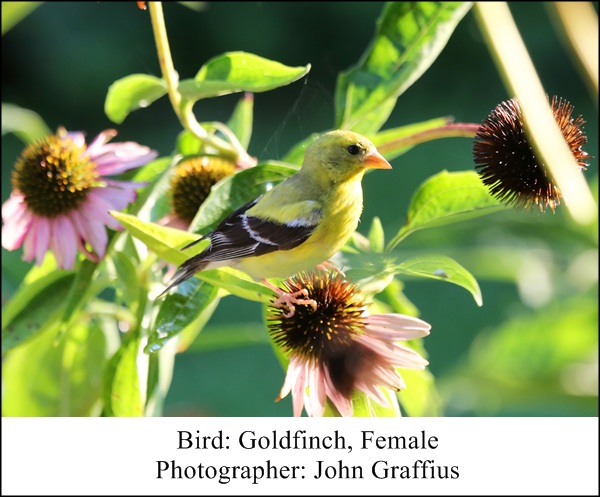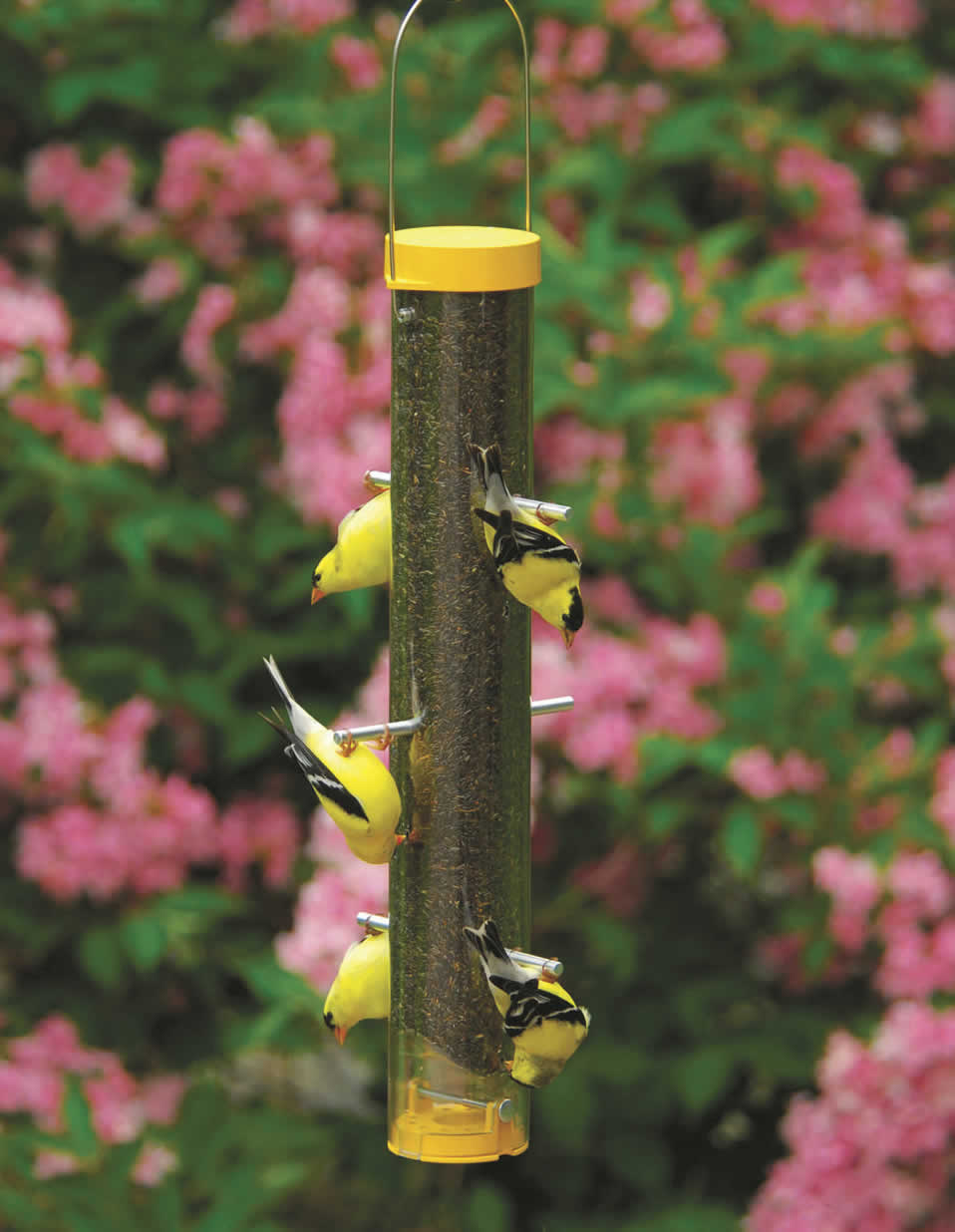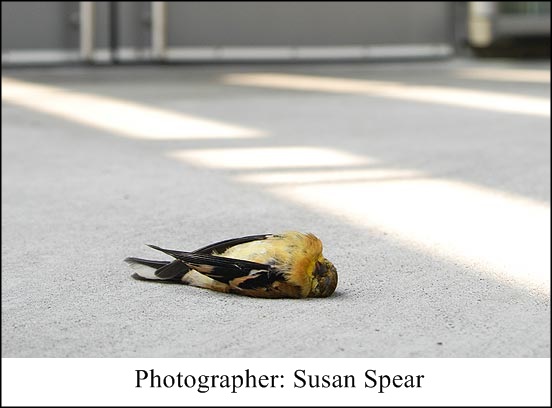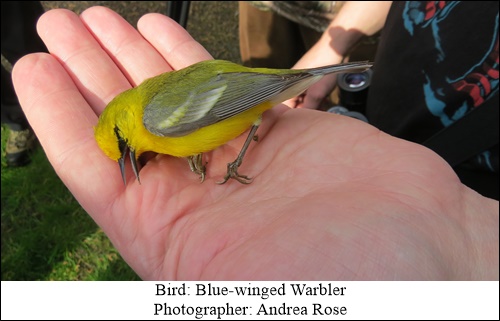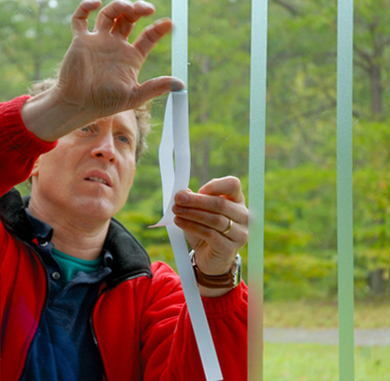In summer, they’re bright yellow bursts of sunshine, in winter, they’re pale sunlight poking through dense clouds of snow… American Goldfinches, backyard beauties we all so love to attract.
So how do we attract this little drops of sunshine? For years, the conventional recommendation has been to offer Nyjer seed, in tube feeders with small openings specially designed for a goldfinches’ tiny beak. It should be noted, however, that while Nyjer is also referred to as “thistle”, it is actually an entirely different crop from the thistle we see growing on the sides of the road. Thistle, in fact, is a member of the daisy family, complete with purple flowers and prickly parts. Nyjer, however, is a crop which is imported from Ethiopia and Nigeria, and is heat treated for sterilization purposes. This heat-treating process prevents any foreign seed materials from sprouting beneath your feeders.
It is true that Nyjer makes excellent food for finches, including American Goldfinch, Redpolls, Siskins, House Finches, and others. High in fat from oil, it makes for a great energy source, especially during these cold winter months. On the other hand, there are some things to consider when offering Nyjer. Firstly, it works best in our specially formatted finch feeders, designed to prevent spillage and waste. In addition, it is important not to buy more than a few weeks’ worth of seed at a time (though of course the exact amount varies by the level of activity at your feeders). Nyjer is a seed that will spoil after 3-4 weeks’ time, and once it does, it will likely be turned down by finches who are known to have quite discerning palates! Finally, Nyjer contains a shell. Although small, this shell must be cracked open by the finch, leaving a minute amount of uneaten seed.
Overall, Nyjer is still one of the best types of food to feed your finches, especially when offered in the correct feeders and within the appropriate window of freshness. But are there other options for hungry goldfinches? Turns out, there are!
As a franchise, we are now beginning to recognize the benefits of another kind of food that is well-liked by goldfinches- Sunflower Chips. This alternative has many of the benefits of Nyjer seed, as well as a few of its own added perks.
Sunflower Chips, like Nyjer, are small enough to fit through the openings of our finch feeders, and can also be offered in other specialty feeders such as our Dinner Bell Feeder. These chips are well-liked by goldfinches and other birds, and they don’t have a shell, meaning no mess and no waste! In addition, these chips are even higher in fat than Nyjer seeds, which is so important for birds’ metabolism during the colder months.
Our Wild Birds Unlimited Finch Blend includes a mix of Nyjer and Sunflower Chips, a combo your goldfinches will not be able to resist! Rosann herself has recently made the switch from straight Nyjer to the Finch Blend, and she has found her little yellow friends to be quite pleased with the switch.
Come talk to us today about switching to Finch Blend, and keep your yard full of sunshine all year long.
Enjoy your Birds!
Have you joined our email list? Click here to sign up, it’s free and gives you access to sales, coupons, nature news, events, and more!

